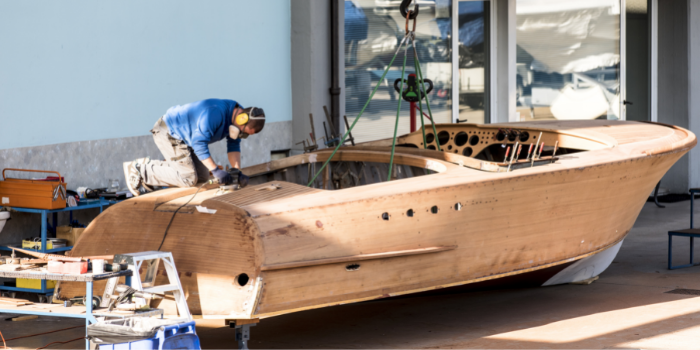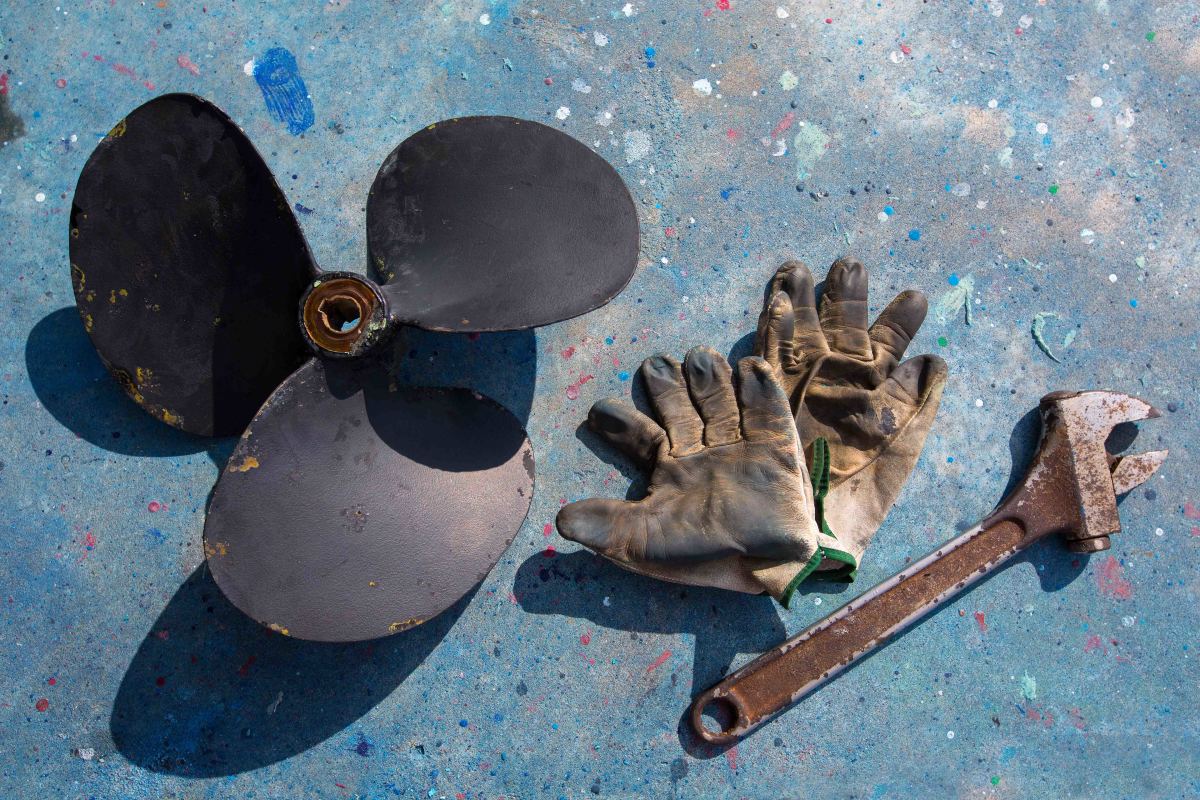
Beyond the Blueprint: Unveiling Hidden Potential in Classic Yacht Boat Plans
Reproducing classic yacht designs offers a unique blend of artistry and engineering. While countless resources detail the "how-to" of building from plans like those found in "Boat Plans Wooden," a deeper dive reveals fascinating, often overlooked aspects. This article explores these less-traveled paths, aiming to spark innovation and creativity in your next classic yacht project.
The Unsung Hero: Material Selection Beyond the "Traditional"
Most classic yacht plans assume traditional materials like oak, mahogany, and teak. But what if we challenged that assumption?
Q: Can modern, sustainably sourced wood alternatives offer comparable performance and aesthetic appeal?
A: Absolutely! Species like sustainably harvested Douglas fir or laminated wood composites can provide excellent strength-to-weight ratios, rivaling traditional choices. Researching responsible forestry practices and considering the environmental impact of material selection becomes an ethical and practical imperative. Organizations like the Forest Stewardship Council (FSC) offer certifications to guide your choices. This opens the door to both financial savings and a reduced environmental footprint, something rarely discussed in traditional plan guides.
Q: How can we integrate modern materials without compromising the classic aesthetic?
A: This requires careful consideration. We could utilize advanced techniques like epoxy coatings and carefully chosen veneers to achieve the look of traditional woods while leveraging modern material properties for enhanced durability and resistance to rot and marine organisms. Think of it as a "smart" historical recreation: preserving the visual legacy while employing modern advancements in material science.
Beyond the Lines: Reinterpreting Design for Modern Needs
Classic designs often lacked modern amenities. The challenge lies in integrating these seamlessly.
Case Study: The "Stealth Modernization" of a 1930s Yawl
Imagine a 1930s yawl, faithfully reproduced from original plans, but secretly equipped with a state-of-the-art lithium-ion battery system powering LED lighting and a silent electric trolling motor. This "stealth modernization" requires careful planning and meticulous execution to ensure the added technology is undetectable externally. This approach allows for modern convenience without sacrificing the original aesthetic integrity â€" a true testament to skillful adaptation.
Q: How can we adapt classic designs for improved safety and stability without altering the overall look?
A: Computational fluid dynamics (CFD) software can model hull performance to identify areas for subtle design tweaks that boost stability and seaworthiness. Such modifications can be integrated seamlessly, leading to a safer, more comfortable boat without compromising the beauty of the original design.
The Collaborative Spirit: Harnessing the Power of Community
Building a classic yacht is a significant undertaking. Leveraging online forums, social media groups, and local woodworking communities can provide invaluable support.
Q: How can digital platforms enhance the collaborative boatbuilding process?
A: Online platforms can foster real-time knowledge sharing. Imagine a global community of classic yacht enthusiasts exchanging insights on material sourcing, construction techniques, and problem-solving. Sharing photos and videos becomes crucial for capturing those little details that aren't always evident in the plans. This democratizes knowledge and speeds up the construction process.
In conclusion, while "Boat Plans Wooden" provides the essential framework, true mastery lies in creatively interpreting those plans within the context of modern materials, technologies, and collaborative opportunities. By embracing innovation and a holistic approach, we can not only recreate magnificent classic yachts but also elevate the craft itself to new heights.




